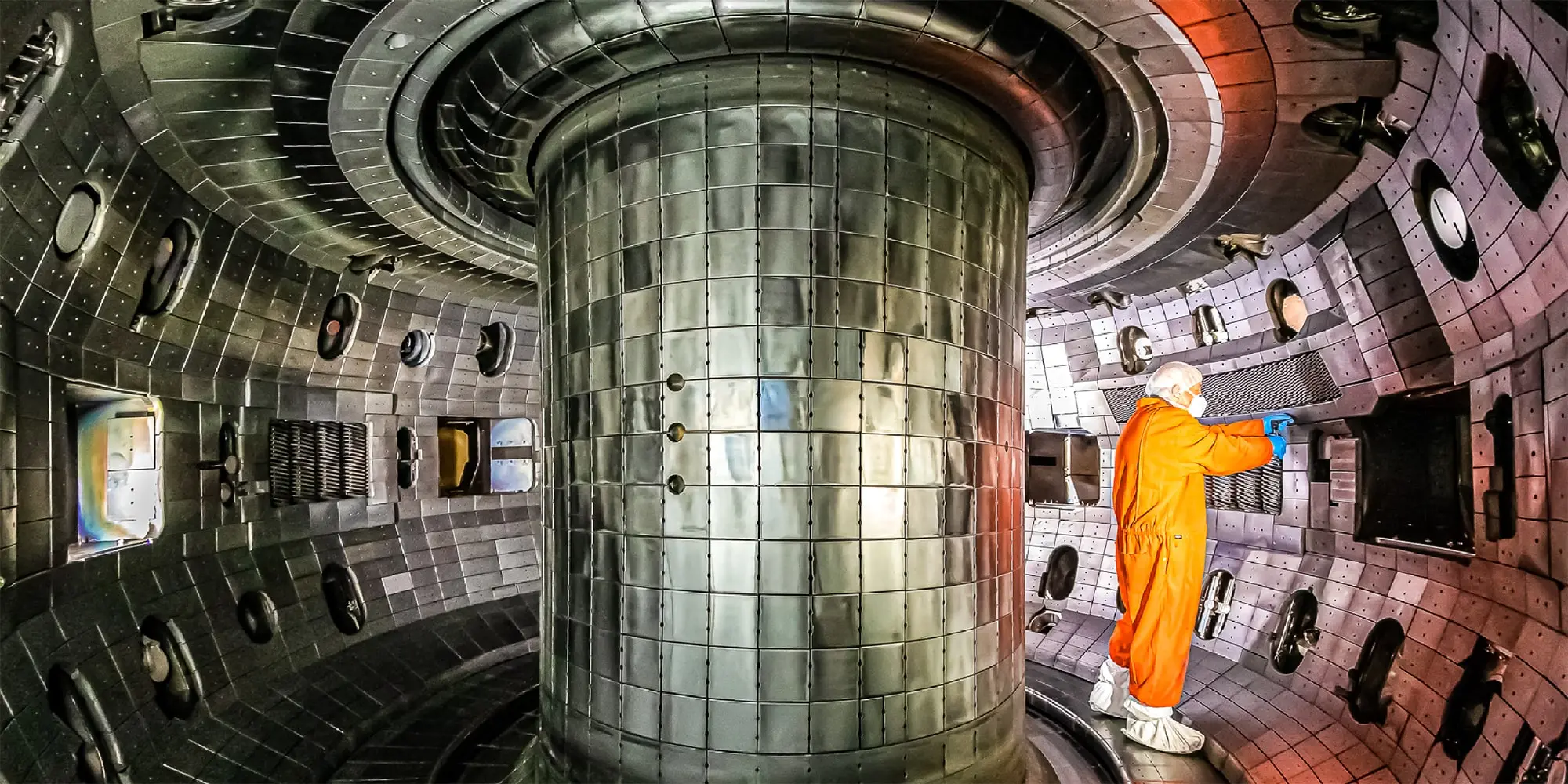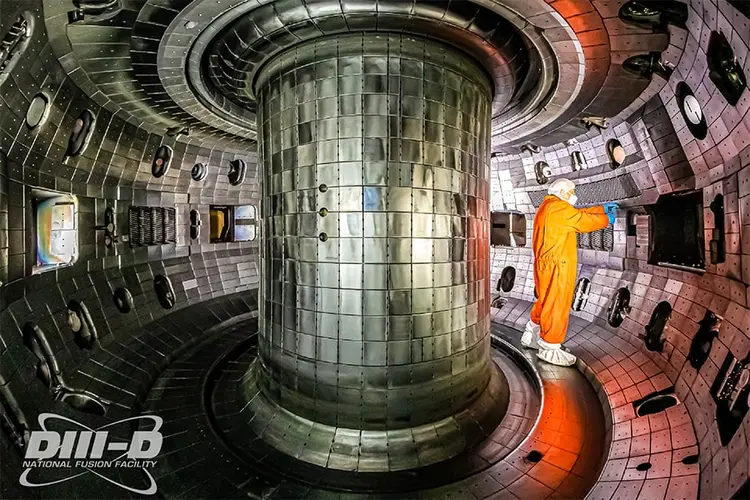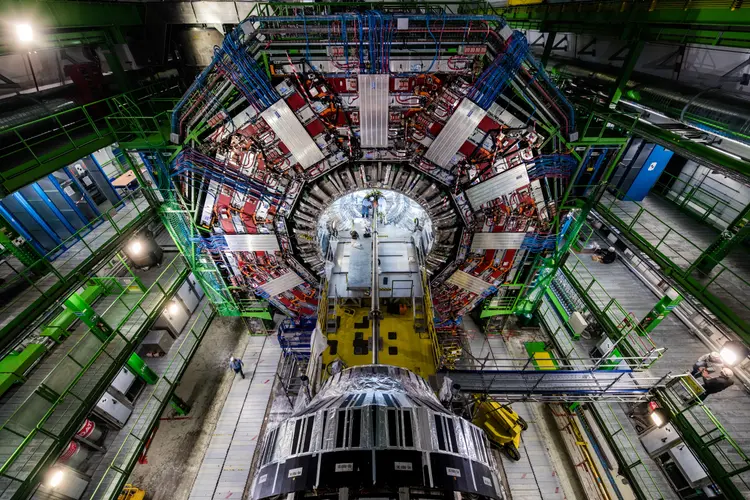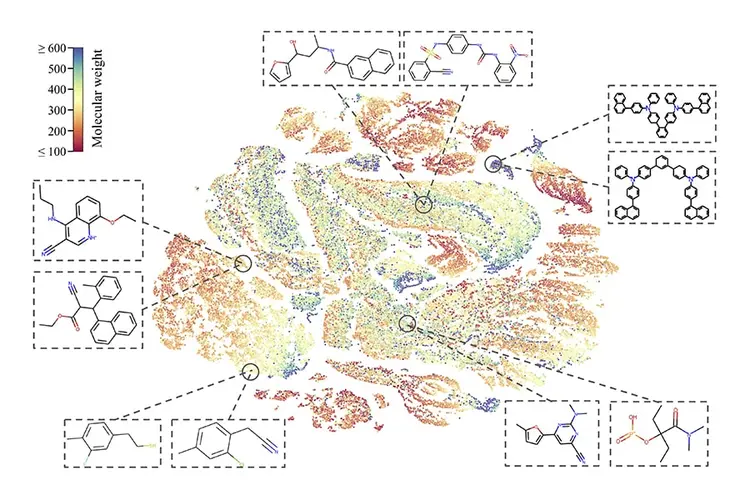
SCS Researchers To Receive $1.2M for Continued DOE Nuclear Fusion Research
Media Inquiries
The U.S. Department of Energy will continue funding research on nuclear fusion at Carnegie Mellon University’s School of Computer Science.
The DOE recently announced(opens in new window) $16 million in funding for nine projects spread across 13 institutions, including CMU, that aim to establish the scientific foundation needed to develop a fusion energy source. The projects focus on advancing innovative fusion technology and collaborative research on both small-scale experiments and the DIII-D National Fusion Facility(opens in new window) in San Diego, the largest tokamak operating in the United States. CMU will receive about $1.2 million over three years.
“While establishing the scientific basis for fusion energy, we must also improve the maturity of existing fusion technologies and explore entirely new innovations that have the potential to revolutionize the fusion landscape,” said Jean Paul Allain, DOE associate director of the Office of Science for Fusion Energy Sciences. “The extensive capabilities at DIII-D make it the ideal facility to pursue areas of great potential that are not sufficiently mature for adoption by the private sector.”
Nuclear fusion happens when hydrogen nuclei smash, or fuse, together. This process releases a tremendous amount of energy but remains challenging to maintain at levels necessary for putting electricity on the grid. One method to produce nuclear fusion uses magnetic fields to contain a plasma of hydrogen at the required temperature and pressure to fuse the nuclei. This process happens inside a tokamak — a massive machine that uses magnetic fields to confine the hydrogen plasma in a donut shape called a torus. Containing the plasma and maintaining its shape require hundreds of micromanipulations to the magnetic fields and blasts of additional hydrogen particles.
The DOE funding will allow Jeff Schneider, a research professor in the Robotics Institute, and his team to continue their research on using machine learning to control fusion reactions.
Last year, Ian Char, a doctoral candidate in the Machine Learning Department advised by Schneider, used reinforcement learning to control the hydrogen plasma of the tokamak at DIII-D(opens in new window). Char was the first CMU researcher to run an experiment on the sought-after machines, the first to use reinforcement learning to affect the rotation of a tokamak plasma, and the first person to try reinforcement learning on the largest operating tokamak machine in the United States.
Schneider and his team will now attempt to develop a machine-learning-based system that simultaneously controls the injection of hydrogen particles, the shape of the plasma, and its current and density. Developing such a system is critical to the development of ITER, formerly known as the International Thermonuclear Experimental Reactor — an international nuclear fusion research project that will be the world’s largest tokamak when it is completed in 2025.
“The proposed work will bring the power of machine learning techniques to plasma control at DIII-D. This will set the stage for the successful operation of ITER, which requires plasma control at a level beyond current capabilities, and will also expand the scientific understanding of plasma evolution and instabilities,” Schneider said. “Carnegie Mellon University is leveraging its expertise in machine learning to help the global scientific community harness a new source of clean, abundant energy.”
As it has in the past, the CMU team will collaborate with the Princeton Plasma Physics Laboratory and the SLAC National Accelerator Laboratory at Stanford on the work.


